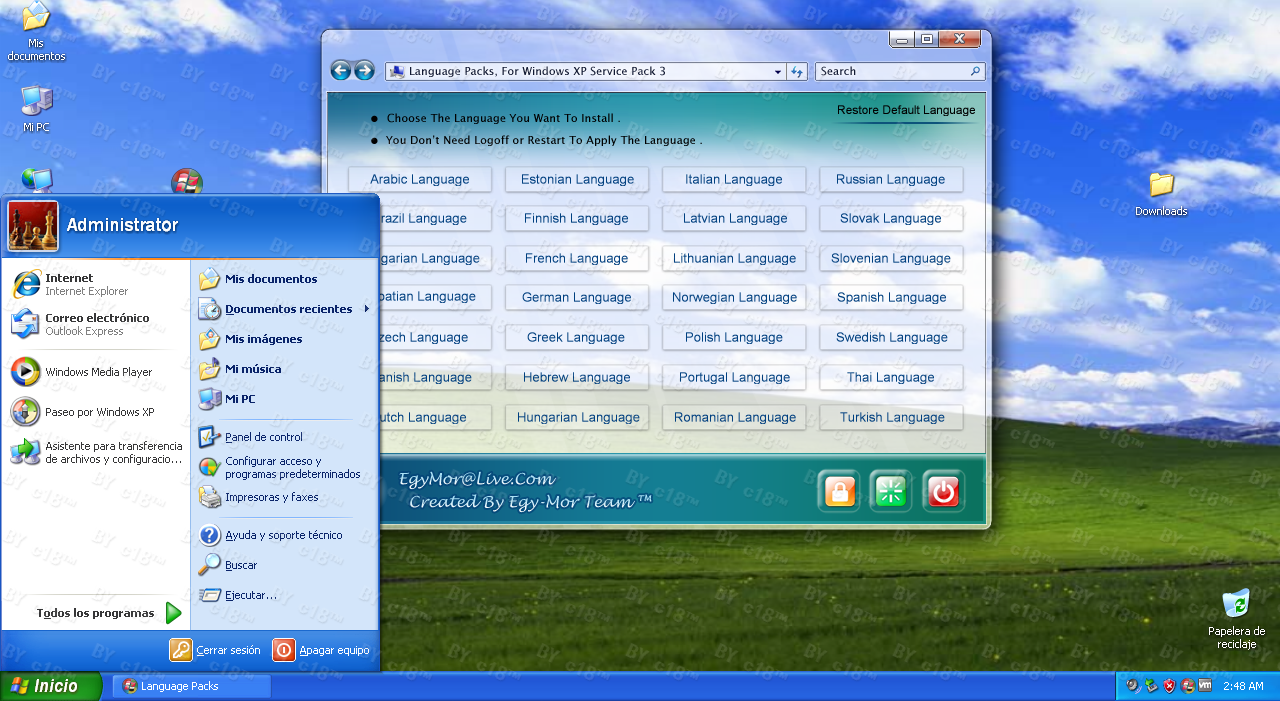

Head to the boot selection and click on SELECT to locate your recently downloaded ISO image of Windows 7.ģ. We selected a 16 GB flash drive for the purpose, but an 8 GB would be enough for a single language Windows 7 setup.Ģ. Launch Rufus and then select the drive in which you want to create the bootable. Copy the files from your USB drive to avoid data lossġ.You can download its portable version to get started. See our image gallery for details on how to download Windows 7 Service Pack 2 Replacement.Īfter you download the files, you will find 2 folders.We will use Rufus, a free application tool, to create Windows 7 bootable disk. If this is true, Windows 7 users won’t get a second service pack, so they would soon be forced to make the move to Windows 8 in order to receive these periodical Windows upgrades.Īnd still, Microsoft has released what seems to be the only Windows 7 Service Pack 2 replacement, the so-called Slow Boot Slow Login (SBSL) Hotfix Rollup for Windows 7 and Server 2008 R2, a pack that comprises 90 hotfixes released after the official debut of Service Pack 1.Īccording to this post on the TechNet site, the hotfixes are focused on performance and stability and come with enhancements to the DFSN client, Folder Redirection, Offline Files and Folders, WMI, and SMB client to name a few.ĭownload the Slow Boot Slow Login (SBSL) Hotfix Rollup from Microsoft (direct link). Microsoft is yet to confirm this but, according to sources familiar with the matter, the company is planning to dump service packs completely in the favor of more frequent Windows contraptions releases on a yearly basis.


 0 kommentar(er)
0 kommentar(er)
